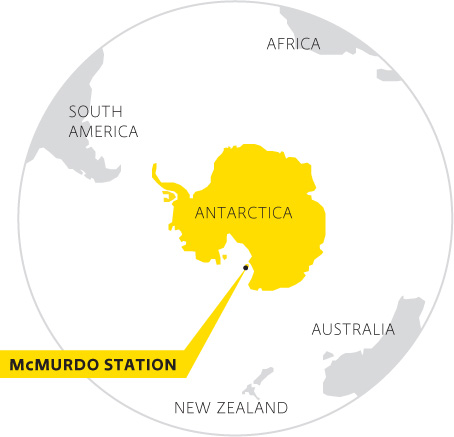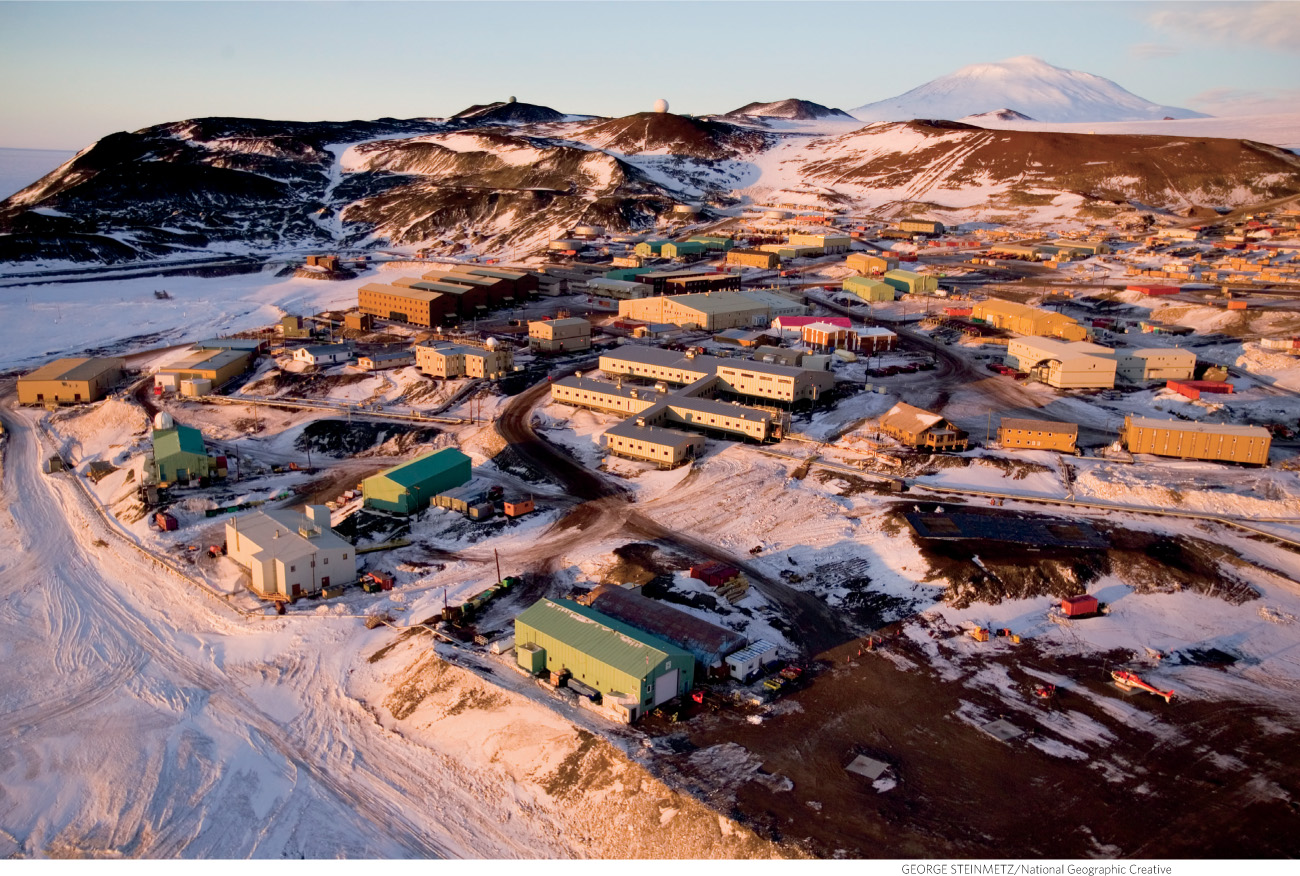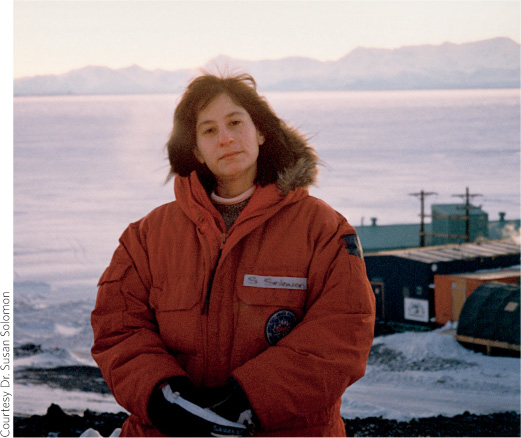Science gives us tools to observe and make sense of the natural world.
Solomon became a scientist because she was curious about the natural world around her. Science is both a body of knowledge (facts and explanations) and the process used to get that knowledge. Understanding the process is more important than the “facts,” since facts may change as more information is collected through the scientific process. This process is a powerful tool that allows us to gather evidence to test our ideas and to evaluate the quality of that evidence.
Science
A body of knowledge (facts and explanations) about the natural world and the process used to get that knowledge.
KEY CONCEPT 2.1
Science is best viewed not just as a body of facts but as the process used to gain that knowledge.
Science, however, is limited to asking questions about the natural world; not all questions are open to science. Scientific investigation, in both the natural and social sciences, is based on data gathered through empirical evidence, or observations. Only physical phenomena that can be objectively observed—meaning data that could be collected by anyone in the same place, using the same equipment, etc.—are fair game for science. Scientists can gather empirical evidence about the environment and living things using a wide variety of tools, including natural tools, such as their eyes, ears, and other senses. Phenomena that are not objectively observable (What is my dog thinking? Do ghosts exist?) and ethical or religious questions (Is the death penalty wrong? What is the meaning of life?) cannot be empirically studied and, therefore, are not within the purview of science.
empirical evidence
Information gathered via observation of physical phenomena.


Solomon and the team had decided to fly to the other end of the world after reading a scientific paper published the year before, in which Joe Farman of the British Antarctic Survey and his colleagues showed that, since the late 1970s, the ozone layer had thinned by about one-third during the Antarctic spring.
KEY CONCEPT 2.2
Scientists collect evidence (observations) and use this evidence to draw conclusions (inferences) in an effort to understand the natural world.
The British team had collected nearly three decades of data in Antarctica, starting in 1957 with on-the-ground instruments. Like all other good scientists, Farman and his team depended on observations (information detected with the senses or with equipment that extends our senses) of the natural world. His team collected data on the atmosphere’s composition (lower-than-normal ozone levels) and then used these observations to draw conclusions or make inferences—explanations of what else might be true or what might have caused the observed phenomenon.
observations
Information detected with the senses—or with equipment that extends our senses.
inferences
Conclusions we draw based on observations.

Farman’s group also connected their results to studies by other researchers that had shown higher concentrations of an important humanmade compound: chlorofluorocarbons (CFCs), which in turn produce atmospheric chlorine (Cl). The concentrations of these chemicals seemed to increase at a rate matching the disappearance of ozone. The observation of a decrease in ozone did not come from just a few readings but represented data collected at two different sites over more than a dozen seasons. Replication within a study (multiple test subjects or measurements) and among studies (independent tests that collect the same data, preferably conducted by other researchers) increase the reliability of the data. When multiple studies produce similar results, it is less likely that the original data was “a fluke,” or an unusual result. Farman’s research exemplified this hallmark of good science—in this case, multiple data points at two different testing sites. Since then, other researchers have confirmed his team’s results.
Farman’s team inferred that the ozone depletion in the Antarctic was somehow connected to the increased presence of chlorine compounds in the atmosphere.